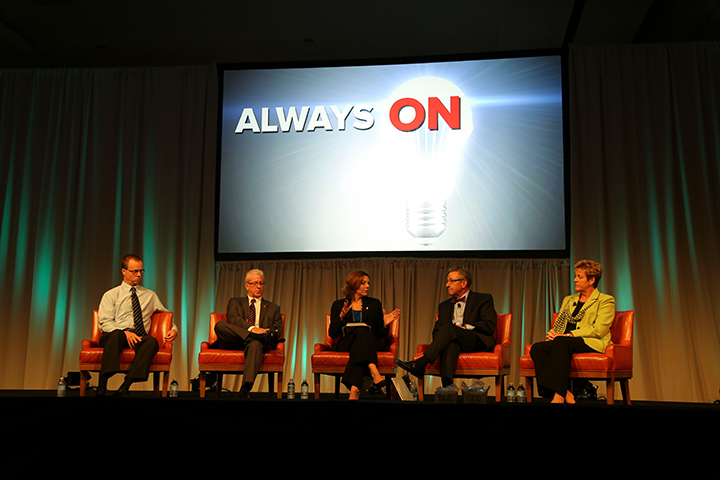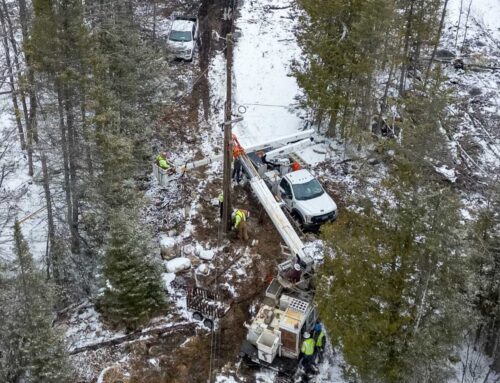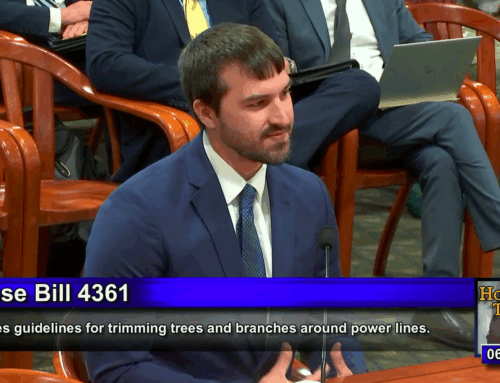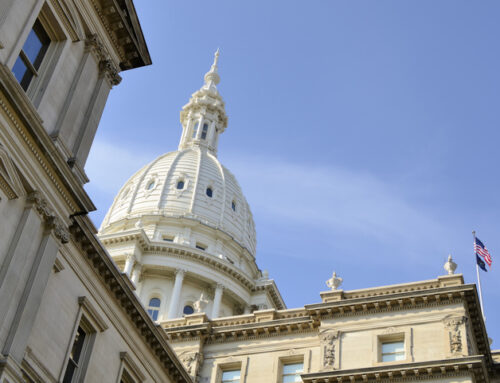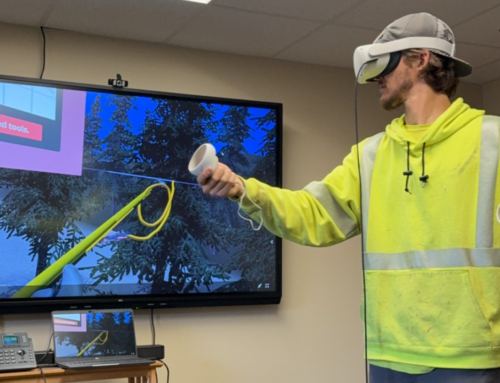
Jo Ann Emmerson, CEO NRECA
“Electric cooperatives should stand shoulder to shoulder to meet the challenge of government policies and technologies that threaten to disrupt their historic solidarity,” said CEO Jo Ann Emerson at the Regions 1 & 4 meeting of the National Rural Electric Cooperative Association (NRECA), Sept. 3-5.
Speaking to the crowd of about 1,000 co-op directors, managers and staff in Indianapolis, Emerson urged them to build enduring relationships with their members so that co-ops can counter political dysfunction in Washington and act as an “honest broker” for their 42 million member-owners.
They’ve relied on their historic autonomy and independence to take those actions on behalf of their members, Emerson stressed. That’s why it’s problematic, she said, that the federal government is seeking to accomplish similar goals through a system of voluminous regulations, such as the 1,600-page Environmental Protection Agency rule on power plant emissions. Co-op members and the general public have until Oct. 16 to comment (see Action.coop) on the proposed rules, which co-ops say will significantly raise their members’ electric rates.
“Co-op Nation: Always On” was the 2014 Regional Meeting theme, and Emerson further emphasized that in today’s era of rapid change, it is essential that directors and CEOs keep up with our complex and fast-changing industry and help board members meet current and future challenges faced by their electric cooperatives.
The meeting also gives co-op leaders a chance to participate in the member resolutions process, hear about other key issues, and hone their leadership skills by attending the latest director education courses.
About 30 Michigan directors and key staff attended.
The regional meetings continue the cooperatives’ grassroots policymaking process, which begins at the local co-op level and culminates at NRECA’s Annual Meeting, to be held in Orlando, FL, Feb. 22–25, 2015.
Each of its 47 member states is represented by a director on the NRECA national board, and the states are grouped into 10 regions. Maryland, New Jersey, New Hampshire, New York, North Carolina, Virginia, Pennsylvania, Vermont, Delaware and Maine make up Region I. Michigan, West Virginia, Indiana and Ohio make up Region 4.
